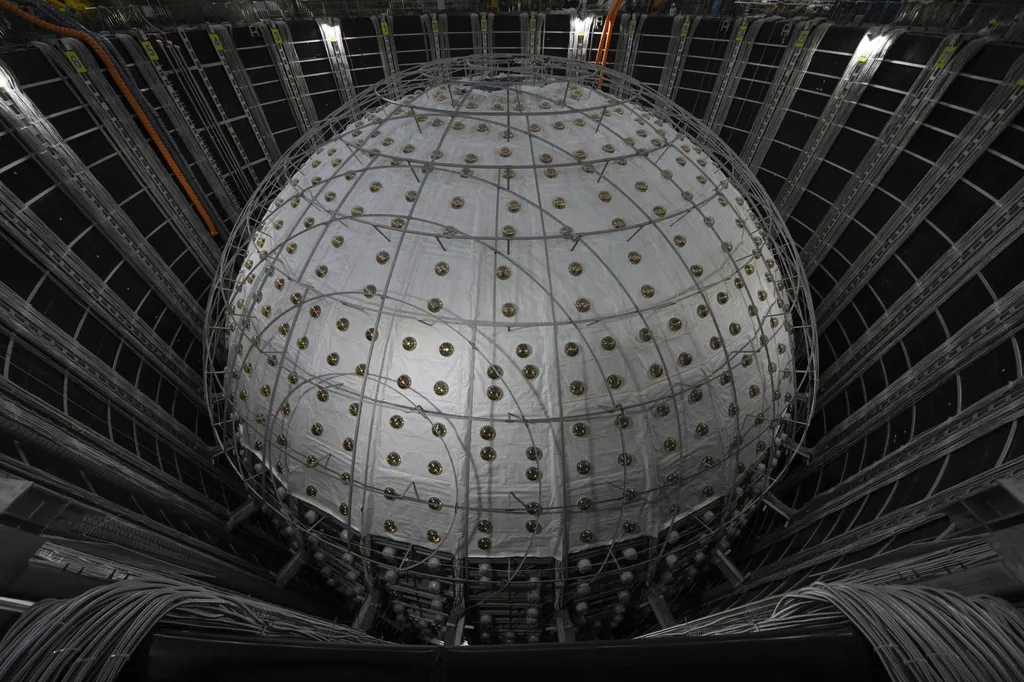In the realm of energy research, a study led by Dr. S. T. Dye from the University of Hawaii has shed new light on the potential of geo-reactors—natural nuclear reactors deep within the Earth. Dr. Dye’s work, published in the journal Nature Communications, explores how neutrino mixing could help pinpoint the location and power output of these elusive energy sources.
Geo-reactor models propose that natural nuclear reactors exist at various locations deep within the Earth, producing energy with loosely defined output power. These reactors generate fission products that undergo beta decay, emitting electron antineutrinos in the process. These antineutrinos routinely escape the Earth, providing a unique opportunity for scientists to study them.
The key to this research lies in the phenomenon of neutrino mixing, which distorts the energy spectrum of the electron antineutrinos. By analyzing the characteristics of this distorted spectrum at the Earth’s surface, scientists can potentially specify the location of a geo-reactor. This capability could help discriminate between different geo-reactor models and facilitate more precise measurements of their power output.
Moreover, the existence of a geo-reactor with a known position could enable a precision measurement of the neutrino oscillation parameter delta-mass-squared. This parameter is crucial for understanding the fundamental properties of neutrinos and their role in the universe.
For the energy industry, this research opens up new avenues for exploring and potentially harnessing natural nuclear energy sources. By better understanding the location and power output of geo-reactors, scientists and engineers could develop more effective strategies for tapping into this unique energy resource. Additionally, the study of neutrino mixing and oscillation parameters could lead to advancements in nuclear energy technology and safety.
In summary, Dr. S. T. Dye’s research on neutrino mixing and geo-reactors offers valuable insights into the potential of natural nuclear energy sources. By leveraging the unique properties of electron antineutrinos, scientists can gain a better understanding of these elusive energy sources and pave the way for future advancements in the energy industry. This research was published in the journal Nature Communications.
This article is based on research available at arXiv.

